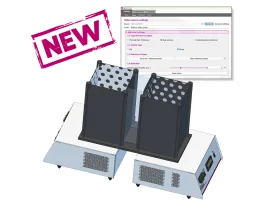
The Contextual Kits for T2CT have been designed to enhance thermal place preference studies...

The Contextual Kits for T2CT have been designed to enhance thermal place preference studies...
Discover our products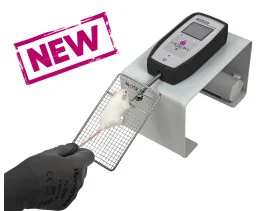
An easy way to objectively quantify the muscular strength of mice and rats, and to assess the...
Discover our products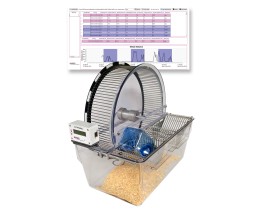
The BIOSEB Spontaneous Activity Wheel offers an effective solution for quantifying rodent...
Discover our products
The BIOSEB Spontaneous Activity Wheel is an easy way to quantify rodent voluntary activity in...
Discover our products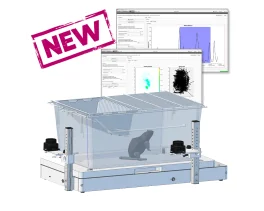
The uncomplicated way to monitor rodent activity over several days from their home cage...
Discover our products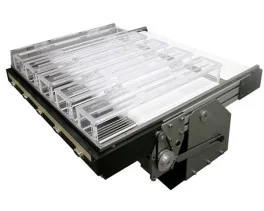
These small animal treadmills are used for forced exercise training and accurate testing of...
Discover our products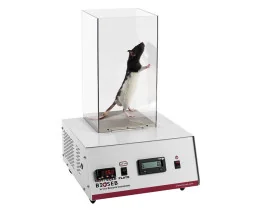
For testing animal's thermal sensitivity to pain resulting from exposure to heat or cold: the...
Discover our products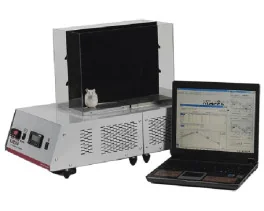
An operator independent test to study pain thresholds in rodents (mouse and rat) by assessing...
Discover our products
New and improved! The operator-independent Thermal Gradient Test used to show favorite...
Discover our products
The Contextual Kits for T2CT have been designed to enhance thermal place preference studies...
Discover our products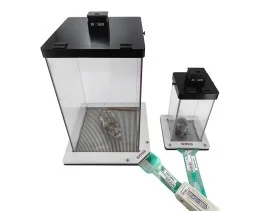
The advanced version of our Dynamic Weight Bearing Test for rodents (rats and mice) allows for...
Discover our products
An easy and non pain-inducing solution for assessing the level of discomfort (incapacitance) in...
Discover our products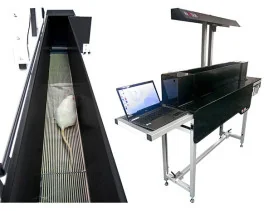
A unique device that provides automated measurement of weight bearing and force distribution...
Discover our products![Dynamic Weight Bearing 2.0 – Postural Module [Add-on]](https://bioseb.com/733-home_default/dynamic-weight-bearing-20-add-on-postural-module.jpg)
Expand Your Analysis with Advanced Postural and Locomotor Calculations BIOSEB’s renowned...
Discover our products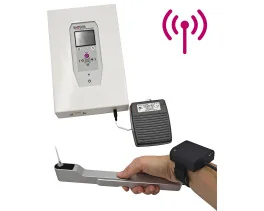
A quick solution to determine the mechanical sensitivity threshold in rodents (mice and rats)....
Discover our products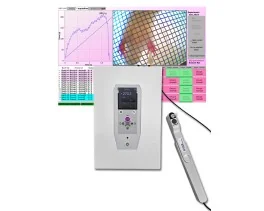
As an electronic version of the classical Von Frey Filaments esthesiometer (or aesthesiometer),...
Discover our products
New ROBUST and modular cages to gently hold rodents (rats or mice) during nociceptive and...
Discover our products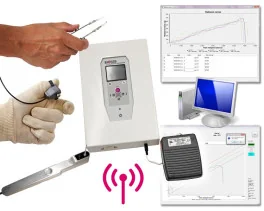
An economical and versatile solution for when flexible quantitative sensory testing (QST) is...
Discover our products
Dedicated to small animals, like mice and rats, Smalgo is a pressure-based analgesimeter...
Discover our products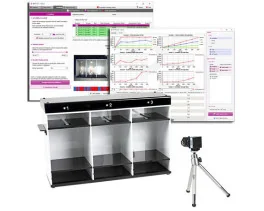
Bioseb's version 5 of the Tail Suspension Test system, based on both strain sensors and video...
Discover our products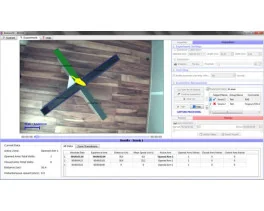
NEW ! A complete (hardware + software), dedicated and automated solution for the Elevated Plus...
Discover our products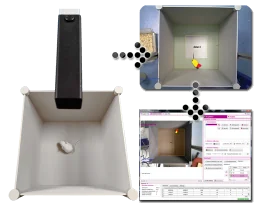
A unique setup for the automation of the Open Field test for rats and mice : 3D-camera based...
Discover our products
Open-field test - ARENA ONLY - used to evaluate of animal's basal activity and its evolution for...
Discover our products
The new Forced Swimming Test system from Bioseb uses a dual approach: Combining a double input...
Discover our products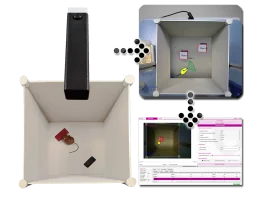
A brand new innovative setup for the automation of the Novel Object Recognition Test : 3D-camera...
Discover our products
Open-field test - ARENA ONLY - used to evaluate of animal's basal activity and its evolution for...
Discover our products
An entirely modular experimental enclosure designed to conduct operant conditioning procedures...
Discover our products
A standard experimental chamber for automated or manual assessment of conditioned place...
Discover our products
Real-Time Physiological Monitoring for Small Animals – Wireless & Non-Invasive The Bioseb...
Discover our products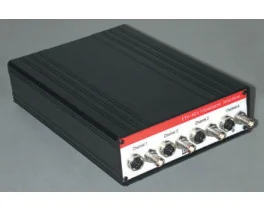
The ETH-401 is a bridge amplifier for various transducers that provides four channels of...
Discover our products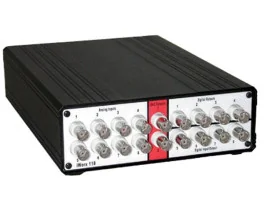
The IX-118 is a fast 100 Khz, high-resolution data acquisition system suitable for most data...
Discover our products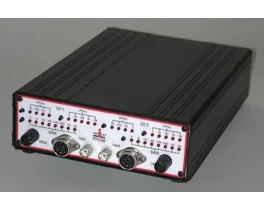
The ETH-256 is a 2 channels high performance, general-purpose life science research amplifier,...
Discover our products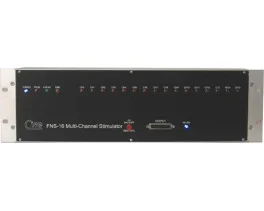
Full-featured multi-channel stimulator for neuromuscular stimulation
Discover our products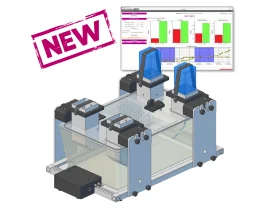
Discover BIO-FOODIS, the next generation solution for understanding animal feeding behavior with...
Discover our products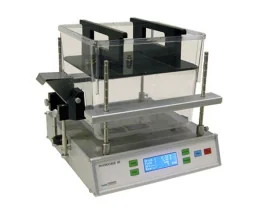
The OXYLET system - Physiocage is a modular system allowing the integration of respiratory...
Discover our products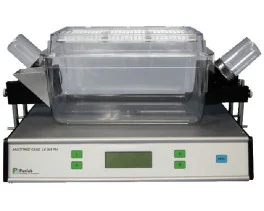
Innovative and appropriate equipment for measuring food/liquid consumption and correlated motor...
Discover our products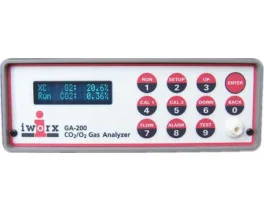
An economical, high performance Oxygen and Carbon Dioxide Analyzer with sampling rates fast...
Discover our productsAn experimental chamber developed with the aim to optimise place preference and aversion studies in small laboratory animals, especially mice, with a ground-breaking innovation: the possibility to combine a new additional spatial dimension to allow the animal differentiate the different compartments in a more discriminative manner.
![]()
![]()
![]() Presentation
Presentation
The Bioseb spatial place preference Test is an experimental chamber developed with the aim to optimise place preference and aversion studies in small laboratory animals, especially mice. The design of the box is fruit of a close collaboration with eminent Professor Dr. Rafael Maldonado and Dr. Olga Valverde from the Laboratory of Neuropharmacology in Barcelona (Spain). ![]() Operating principle
Operating principle
The apparatus consists in a box with two equally sized compartments interconnected by a rectangular corridor. Originally, the compartments are differentiated by the motifs painted on the walls (dots or stripes) and the colour (different shade of grey tones, light or dark) and texture (smooth or rough) of the floor. The innovation brought by this box is the possibility to combine a new additional spatial dimension to allow the animal differentiate the different compartments in a more discriminative manner. Transparent walls are also used to minimize the time the animal spent in the corridor.
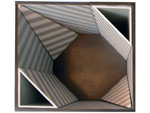 | 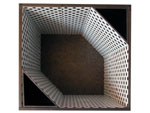 |  |  |
The introduction of these new discriminative elements allows:
• optimising the results obtained in the place preference and aversion paradigms (low variability in the response, reduced number of animals per group...)
• organizing the discriminative elements in a wide variety of configurations for studies evaluating spatial or contextual memory
• using the elements as discriminative cues associated with drug exposure in diverse other experimental designs.
The Bioseb spatial place preference box can be associated with the SMART video-tracking system for detection and analysis of animal position throughout the test.
Number of publications:
A brand new innovative setup for the automation of the Novel Object Recognition Test : 3D-camera based technology is now...
Open-field test - ARENA ONLY - used to evaluate of animal's basal activity and its evolution for rodents (rats and mice) in...
check_circle
check_circle